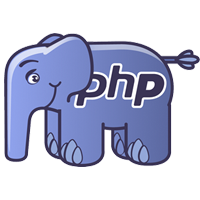wic
Published Feb 23, 2022
Workplace Integrated Classroom
Workplace Integrated Classroom (WIC) is a teaching methodology that provides students with a close to industry workplace experience while still maintaining the comfort of the classroom and support of faculty and students.
WIC prioritizes individual growth over evaluation, learning by doing over lectures, and achieving learning outcomes through individual student learning journeys.

Classroom Environment
In a Workplace Integrated Classroom (WIC), the classroom environment is designed to mimic that of a typical workplace:
- Students are treated more like new employees than students.
- Classes are longer to more closely resemble a full workday.
- There are no lectures, assignments, homework, or tests.
- Students are arranged into teams with rotating team leaders.
- Students are taught by being assigned progressively more difficult tasks.
Timeline
Workplace Integrated Classroom (WIC) is designed to be implemented over a complete semester in a typical post-secondary education environment. WIC could be used to structure as much as a multi-semester program or as little as a set period of time within a single course in a single semester. However, integrating this method into anything less than a six week period may prove to be difficult.
Difficulties
The largest barrier to implementing Workplace Integrated Classroom (WIC) is the requirement for an industry partner (or an internal department) with a project large enough to employ a complete class of students for six or more weeks.
How is this Different than other Teaching Methods?
Workplace Integrated Classroom (WIC) has many similarities to other teaching methods:
Project Based Learning
Project Based Learning (PBL) is a teaching method in which students learn by “actively engaging in real-world and personally meaningful projects” (PBLWorks, n.d.).
WIC has similar qualities to that of PBL in that both are project based. PBL typical has groups students working on the same simulated project from start to finish using the same project from semester to semester. WIC works best with an industry partner and multiple on-going industry projects. This allows students to contribute to multiple projects of varying difficulty and at verifying stages.
Work Based Learning
Work Based Learning (WBL) is defined as “acquiring technical, academic, and employability skills by working in real work environments” (CEWIL Canada, n.d.).
WIC has similar qualities to that of WBL in that both integrate with the workplace. WBL typically sends students out into the workplace to learn in a real work environment. WIC integrates real world work into the classroom. This provides students with a less intimidating learning environment with the immediate support of faculty and fellow students. WBL also typically requires students to be near the end of their education whereas WIC can be implemented in day one of a program.
Case Study
This teaching method was initially designed within a Web Development program at Humber College, in Toronto, Canada. Students enrolled in this program have varying degree of previous experience ranging from absolute coding beginners to recent graduates of university computer science programs.
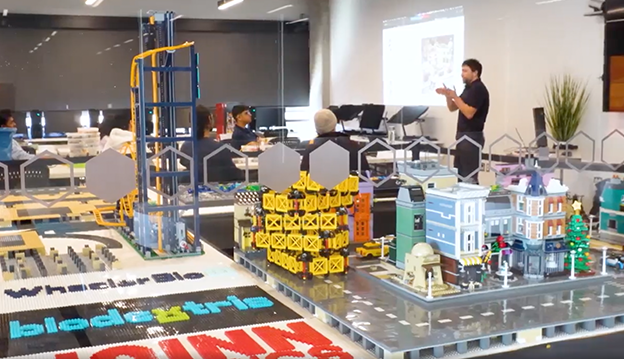
WIC was integrated into a Workshops in Web Development course. This is a first semester course in a typical Canadian fourteen week semester. The Workshops in Web Development course description:
Workshops in Web Development
This course will allow students to access additional support for content delivered in the other classes each semester. Every student in the class will engage in a process of self-assessment to help them identify areas where they would benefit from help, and then the student and teaching team will set up a process for providing support for any areas where the student would benefit from some in-the-moment support. Mentors, tutors and workshops will be available.
This course focuses on Web Development related topics that are not covered in other courses such as GitHub, Docker, deployment, and the terminal; as well as reviewing code from other courses.

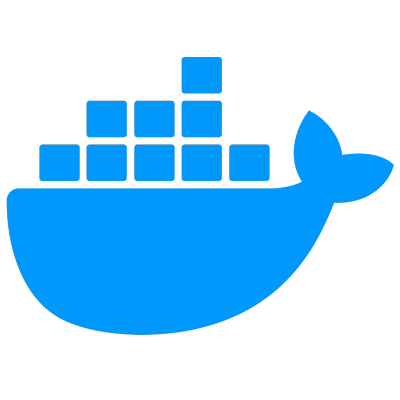

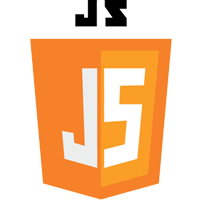
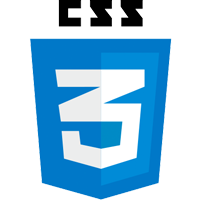
During this case study, we worked with an industry partner named BrevisRefero, a biopharma consulting and software start-up located close to Toronto, Canada. The project was BrickMMO, a project that develops interactive educational experiences with LEGO® bricks. The main instructor was Adam Thomas.
The following is the timeline used to integrate WIC in this course:
Weeks 1 to 4 - Onboarding
Students are onboarded and introduced to the workplace process, guidelines, and project management tools. This included:
- GitHub and Git These are tools that enable collaboration on coding projects.
- Flow A basic custom project management application. Students can log in, receive project tasks, ask questions, log hours, etc…
- Discord A communication tool where students are placed in groups based on projects, can chat with other students, share files, etc…
- BrickMMO branding guidelines, Tidy, eplus, and _readme programming guidelines.
Tasks included:
- Installing required software (Git, Homebrew, GitHub CLI, Visual Studio Code).
- Registering for required accounts and completing profiles (GitHub, Flow, Discord, StackOverflow).
Weeks 5 to 10 - Individual Tasks
Students are assigned simple tasks that can be completed as an individual. Students were placed in groups only to support each other. Over the six weeks the tasks increased in difficulty. Tasks included:
- Making basic changes to BrickMMO online assets using simple languages such as HTML and Markdown.
- Participating in BrickMMO related hackathons and brainstorming sessions.
Weeks 11 to 14 - Groups Tasks
Students are placed in groups and assigned tasks based on their skillset and desire to learn. Each week class is started with a stand up style meeting and then students are given time to work on their projects. Projects include:
- Contributing to the development of the official BrickMMO website. This is a more advanced task which requires understanding of PHP, Laravel, React, and MUI.
- Contributing to the improvement of Flow. This is a medium difficulty task whcih requires basic understanding of PHP, MySQL, HTML, and [CSS]((https://developer.mozilla.org/en-US/docs/Web/CSS).
- Contributing to basic online assets such as Pseudocoide, Contributions, and Conversions. These are introductory level tasks which require no previous coding experience. They will be coded using Markdown, HTML, CSS, and JavaScript.
View a complete list of tasks and detailed instructions:
https://tasks.brickmmo.com/
Methodology
During the 14 week first semester students were periodically asked to assess their self-efficacy related to seven primary topics in the program (in alphabetical order):
- C#
- CSS
- GitHub
- HTML
- JavaScript
- Markdown
- PHP
Data was collected anonymously. Any data sets that had less than five entries were removed. Remaining data was plotted on a line graph for each student and compared. Anonymous attendance was also tracked and compared with attendance from previous cohorts.
A few important notes before analyzing the results:
- During this semester, students had dedicated courses in C#, CSS, HTML, and JavaScript.
- During the ** in Web Development** course students received instructions on how to use GitHub and Markdown in the BrickMMO group development environment.
- During the individual and group tasks (weeks 5 to 14), students worked on projects using MarkDown, HTML, CSS, JavaScript, and PHP without receiving any typical lecture style instruction.
- The number of data points for each student will vary based on their attendance and if they completed the skills surveys when provided time.
Results
Here are a few samples student skill charts and observations:
Student 100001
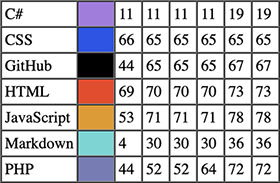

Observations
The self-efficacy for GitHub, Markdown, and PHP (taught using the WIC methodology) increased as fast as topics such as C#, CSS, HTML, and JavaScript despite not having courses dedicated to these topics. The self-efficacy in PHP declined over the course, this is likely due to this student not choosing an Individual or Group Task related to PHP.
Student 100019
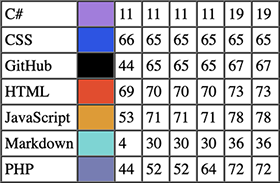

Observations
The self-efficacy for GitHub, Markdown, PHP, and JavaScript had the largest gains. The largest increases in self-efficacy for GitHub, Markdown, and PHP are reflective of when students are assigned related tasks. GitHub and Markdown are assigned during the Onboarding phase and PHP is assigned during the Individual and Group Task phase.
Student 100031
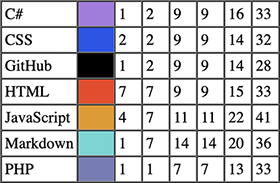

Observations
The self-efficacy for all topics increased a approximately the same rate. This is despite some topics having dedicated courses (C#, CSS, HTML, JavaScript) while others are taught using the WIC methodology (GitHub, Markdown, PHP).
Student 100035

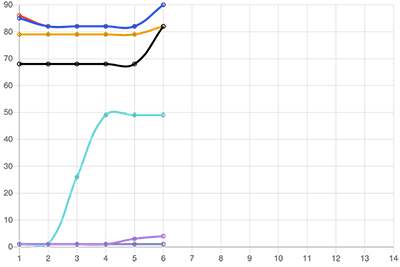
Observations
This student appears to have started the course with existing skills in CSS, GitHub, HTML, and JavaScript). The larget increases in self-efficacy were topics taught using the WIC methodology (GitHub and Markdown). The self-efficacy in PHP did not change over the course, this is likely due to this student not choosing an Individual or Group Task related to PHP.
Attendance
During the Winter 2023 semester (before WIC), there were 14 students, the average attendance in the ** in Web Development** course was 58%. However, in the Fall 2023 semester, there were 41 students, the average attendance was 91%.


Personalized Learning Journeys


Observations
From these two charts, you can see that students began the course with different levels related to PHP and Markdown. However, with the exception of a few students who likely chose not to participate in PHP tasks, all students made significant improvements.
Conclusions
The first case study of integrating Workplace Integrated Classroom into a course resulted in the following benefits:
Industry Experience Students received a close to industry experience during their first semester. This experience is usually restricted to later on in a program and usually without the direct support of their faculty and fellow students.
Learning Experience Students learned skills simply by providing them with opportunity to use them in an industry like environment. Student self-efficacy in these topics increased at a rate similar or quicker than topics that were taught in a dedicated course using more traditional teaching methodologies.
Attendance and Engagement Based on increased student attendance during the Workshops in Web Development course and the correlation between attendance and engagement, it can be measured that the level of student engagement increased during the course when the WIC teaching methodology was implemented (Thayer-Smith, 2007).
References
Thayer-Smith, R. A. (2007). Student attendance and its relationship to achievement and student engagement in primary classrooms. https://scholarworks.wm.edu/cgi/viewcontent.cgi?article=1928&context=etd
What is PBL? (n.d.). PBLWorks. https://www.pblworks.org/what-is-pbl
Work integrated learning. (n.d.). CEWIL Canada. https://cewilcanada.ca/CEWIL/CEWIL/About-Us/Work-Integrated-Learning.aspx
